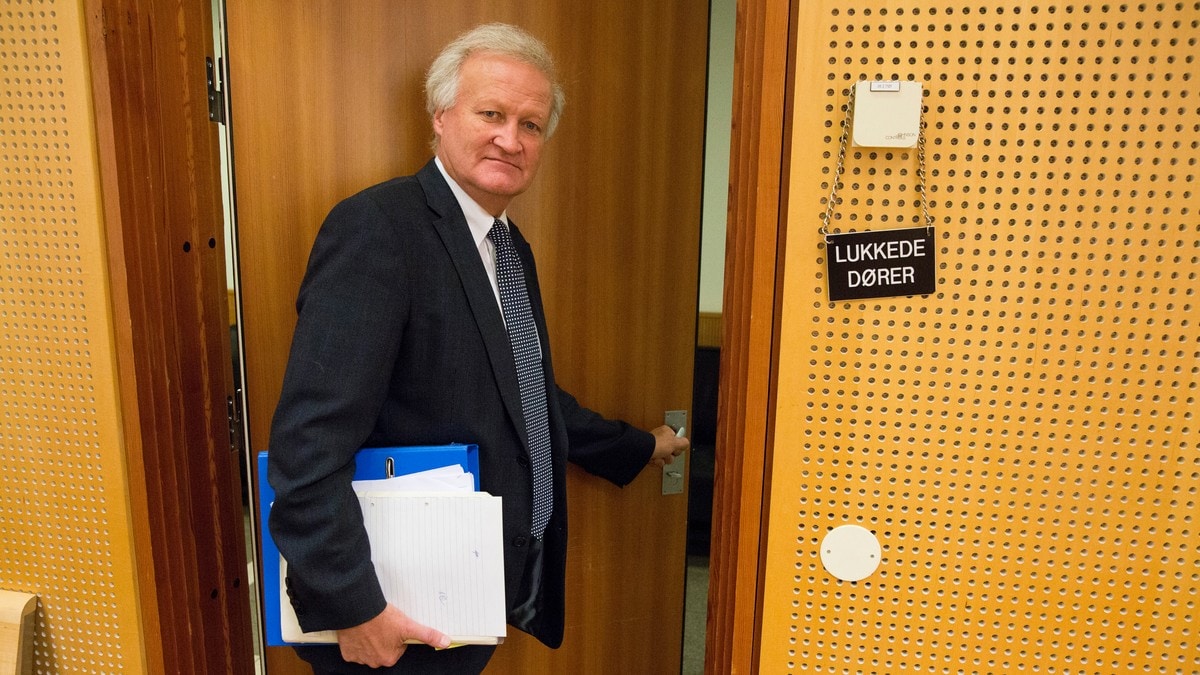The number of failures remains exceptionally low. 7,406 insolvency proceedings were opened during the first three months of 2021, according to data collected by the company Altares. This is 32% less than during the same period in 2020. The number of companies that have failed is therefore significantly lower than that of a year “excluding Covid”. Thanks to the arsenal of support measures set up by the State (partial unemployment, solidarity fund, postponement of tax deadlines, etc.), many structures survive artificially and escape the commercial court. But the backlash is looming.
Inflection point in March
The first half of the month is part of the overall trend, with business failures down 48%. But in the second fortnight, they exploded (+ 155%). This was expected, since we compare the recent situation with that of the end of March 2020, that is to say with the first confinement. The courts had closed their doors, and have since reopened. It is therefore a catch-up effect. We can expect that the procedures will start to rise again over the rest of the year, revealing “finally” the effect of the health crisis on the economy.
Eight out of ten companies liquidated
The rate of direct judicial liquidation worries me the most. It’s reaching levels never seen in twenty years
, relates Thierry Millon, director of studies at Altares. This rate is the share of companies liquidated as soon as they go to court, without going through the receivership box. Without having the possibility of trying to go up the slope, therefore. In March 2021, eight out of ten judgments (79%) were judicial liquidations. Normally, this rate is around 65%. But the, companies show up with nothing, with a dry cash flow and a dejected leader. Their liabilities are so heavy that the court finds it impossible to save them
.
A recovery under high voltage
The reopening of shops, restaurants, sports halls, etc. is exciting but dreaded
, specifies Thierry Millon, because it also means the end of aid. If customers are there, companies will finally see the end of the tunnel. They will be able to make a cash flow and honor their loans, pay their social contributions … But nothing says that consumption will be sufficient. 2021 and 2022 are likely to be difficult.
.
– .


